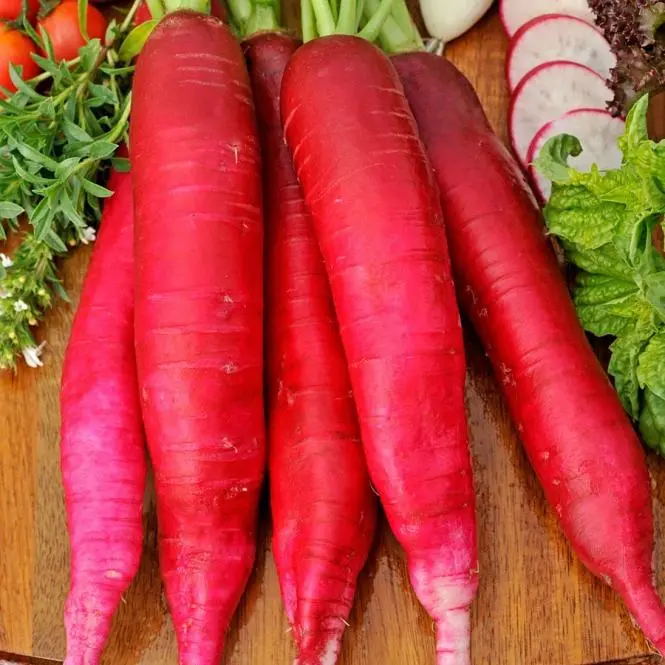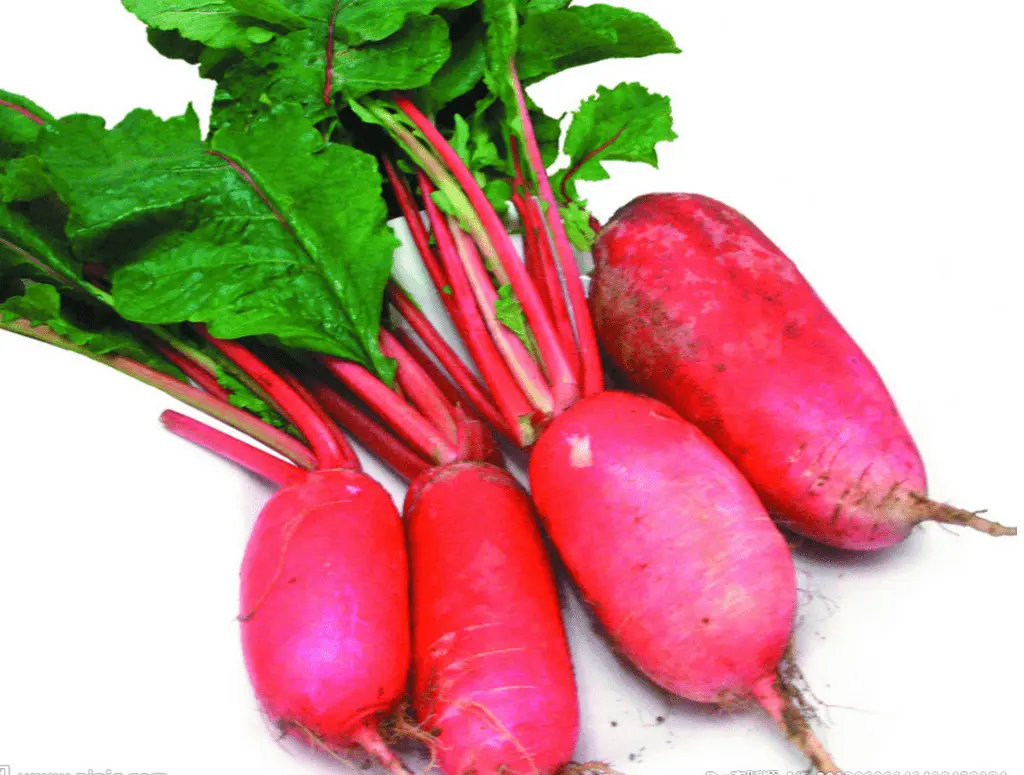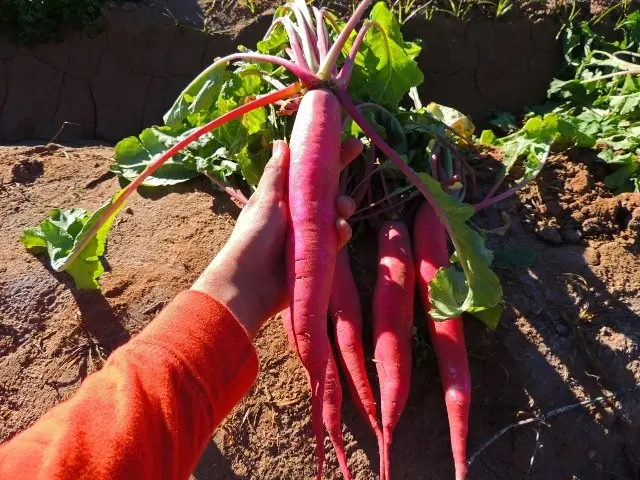Contents
Garden (sowing) radish has many varieties and types. For most of us, black or white root vegetables are more familiar, but the skin color of these vegetables is very diverse. Red radish – it is from the varieties of culture. Although it outwardly resembles a large radish, but the taste, useful properties and ability for long-term storage characterize it as a real radish. How to grow vitamin root crops, and which variety to choose will be described in the article.
Growing radish
The cultivation of red radish is no different from growing black, white, or any other. The crop is planted mainly by seed, and its cultivation takes place in open ground – radish is grown extremely rarely in greenhouses. However, in order to get a decent harvest, you need to know about the features of planting and care.

How to plant
Sowing is carried out in early spring or in the second half of summer, since the culture needs about 10-12 hours of daylight to grow root crops – with more plants release an arrow. Seeds are soaked in warm water for a day before planting to speed up germination. The culture is not very demanding on the soil, but it grows better in loose, fertile soil with neutral acidity.
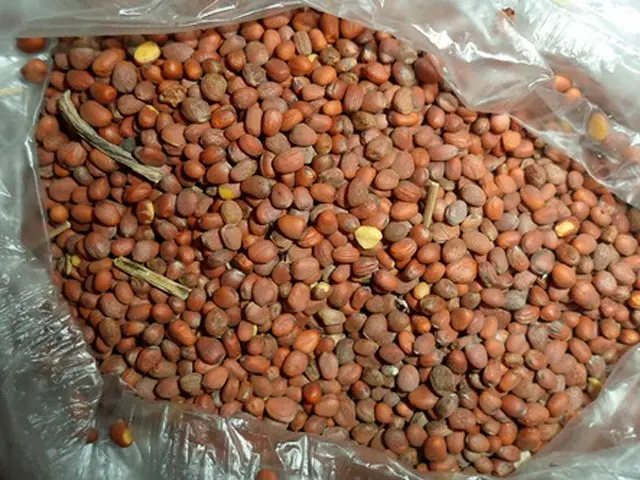
The distance between plants should be at least 20 cm, so planting is easier to carry out according to the scheme. For round root crops, the most acceptable scheme is 30×50, where 50 is the distance between rows, and 30 is between plants. Long root crops can be planted compactly (20×40). Holes or rows are made in pre-dug and fertilized soil, in which seeds are planted in nests of 3-4 pieces to a depth of 2-3 cm. Then the holes are covered with earth, the soil is compacted and watered. Aisles can be mulched – this will prevent the soil from drying out and the appearance of weeds.
How to care
The yield of radish, exactly like its quality, depends on three main measures: proper watering, regular weeding and loosening the soil. Some varieties may need hilling, and late-ripening root crops – top dressing. The culture loves moisture very much, but its excess is extremely harmful to root crops – they begin to crack. In dry soil, vegetables grow too bitter, coarse and small, so watering should be regular, but moderate (2-3 times / week) depending on the weather.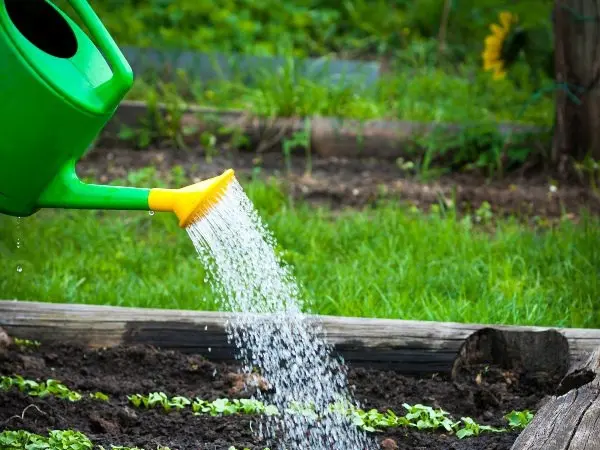
Weeding and loosening of row spacings are carried out as needed. These procedures are best combined with thinning plantings. If the seeds were planted in nests, then thinning is carried out 1 time when the plants have 2 true leaves. If sowing was carried out densely, then the sprouts are thinned out several times until a distance of 15-20 cm is formed between them.
The culture has the peculiarity of protruding above the soil surface, this is especially true for long root crops. In this case, it must be periodically hilled so that the roots are not subjected to drying out and other negative factors. As for dressings, early radishes do not need them, but late varieties are recommended to be fed with a mineral mixture in the phase of root formation.
Video “How to care for red radish”
This video will tell you how to properly care for red radish.
When to collect
The timing of harvesting red radish depends on the varietal characteristics and the purpose of the root crops. Summer vegetables are usually harvested in stages as they mature. Autumn radish (medium-late ripening) is dug up in September. For winter storage, it is advisable to dig up root crops as late as possible, then they can be stored longer. The most important thing is to remove vegetables before frost. Frosts on the surface of the radish are not terrible, but if the soil freezes, the root crops will lose their taste and quickly deteriorate.
You should also not rush to harvest root crops. Dug out prematurely, they will soon become lethargic, flabby, and will not be able to be stored for their due date. You can dig up vegetables in any way possible. If the weather is dry and the soil is loose, the radish is simply pulled out. After rain, it is better to dig up the roots so as not to damage the peel, as any damage will shorten the shelf life.
Fresh radish can lie in a cool place (basement, refrigerator) for more than a month. For winter storage, root crops should be cleaned of earth, small roots, dried a little, and then placed in wooden boxes, sprinkled with sand. At a temperature of 0 to 2-3°C and at a humidity of 80-90%, winter radish can be stored until spring.
Popular varieties
Most varieties of red radish are hybrids obtained from crossing Chinese, sometimes Japanese specimens with different forms of radish. At present, many new varietal forms adapted to the climate and conditions of the middle zone have been bred, of which the following can be distinguished:
- Red winter radish. The most popular variety of medium early (60-80 days) ripening period. Root crops are round, even, large size (150-200 g). The skin color is intense red. The flesh is white, very juicy, crispy, with a mild spicy-sweet taste, high in vitamins and nutrients. Suitable for growing throughout the season: for summer consumption, it is sown in spring, and for winter – at the end of July. Root crops are stored for a long time, have a good presentation.
- Red giant. This is a daikon (Japanese radish) early growing season (35-40 days). The root crop is long (12-15 cm), cylindrical, rather large (weighing 150-300 g and 4-5 cm in diameter). The color of the peel is raspberry red, the pulp is white. Root vegetables taste slightly sharp, very juicy, contain many amino acids, salts and vitamins. The variety is frost-resistant, high-yielding, root crops are stored for a long time (3-4 months) and are well transported.

- Red long. Hybrid early (40-45 days) ripening, recommended for summer use. The root crop is elongated, medium in size (120-150 g), conical in shape, red, sometimes pink in color. The color of the pulp is white, pinkish at the base, the taste is very delicate, spicy-sweet. Root crops are a quarter located above the soil surface, therefore, they require periodic hilling.

- Beauty of the Moscow region. Mid-season (65-70 days) hybrid of domestic selection (VNIISSOK), bred from the Chinese Loba radish. Entered into the State Register of the Federation. Root crops are round, rarely oval, weighing 100-180 g. The color of the peel in the upper part of the root is red, and in the lower part it has a purple tint. The color of the pulp is white, the taste is soft, sweetish-spicy. Radish is stored for a long time, it is recommended for autumn-winter consumption.
- Ladushka. Summer radish early (40-45 days) ripening. Root crops are long (13-15 cm), conical in shape, with a pointed or blunt end. The average weight is 100-150 g, the peel is smooth, red or crimson in color. The color of the pulp is white, at the base – reddish, the taste is delicate, mild. Root crops partially protrude above the ground, adaptation to cold is high.

- Lady. A variety of medium (60-65 days) ripening period, intended for winter consumption. Medium-sized root crops (80-120 g), round. The color of the peel is red, sometimes dark cherry. The taste of the pulp is soft, slightly spicy. Root crops have an attractive appearance, are well stored and transported. The variety is unpretentious to light and soil composition.
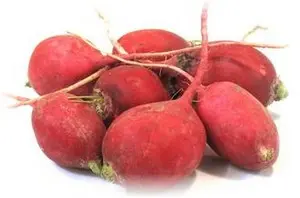
Separately, I want to say about the Japanese variety of red radish. As a rule, these are early ripe (30-45 days) hybrids, which are distinguished by a very original appearance – the peel and the middle of these root crops are pink or red. However, there are varieties with an unusual color: white skin color, and a red or pink middle (Mantang Hong, Red Meat). Japanese radish has a very mild sweet taste and a rich composition of vitamins. Despite its exoticism, it grows well in our climate, as it is quite cold-resistant and unpretentious to the conditions.
Video “From seed to harvest. Growing Algorithm”
In this video, an experienced gardener will tell and show how to properly care for a radish.
Author: Svetlana Galitsina
Loading…










